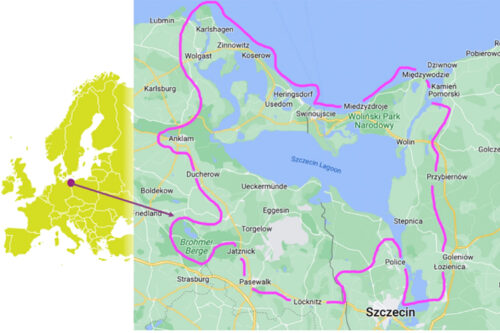
People living in the Oder Delta – whether German or Polish, rural or urban – are willing to pay significant amounts of money to see bison, moose and wolves in their untouched forests. On average, they also think it’s a good idea to open up waterways, build overpasses and cattle grids for wildlife. And most would like to see a wilder landscape with less intensive agriculture. This is the main conclusion of a large survey conducted in the Oder Delta in 2022 by researchers from Germany, Poland and Portugal, with consultation from Rewilding Oder Delta.The Oder Delta – which forms the border between Germany and Poland – is known for its very interesting nature due to its status as a former borderzone and military training area. The region is also home to several large-scale rewilding projects, which unfortunately are not fully supported by some politicians and officials. Nature in the Oder Delta is thus under pressure from
* The fear of flooding and rising water levels. This hinders the release of the natural hydrology.
* A wild boar fence to ensure wild boar from the Polish side can swim across the river
* The Ministry of Finance’s management of the large German forests, which in Nazi Germany and GDR times were used by the defense for military exercises and by the elite for hunting. Today, the forests are mainly managed for forestry purposes.
* The desire to utilize the Oder for river traffic.
* German tradition of nature management that still relies heavily on the protection and conservation of habitats and species rather than the release of natural processes
* A misguided attitude among politicians towards people’s attitudes towards large animals – grazers and predators alike.
All the more important are the results of a recently published survey from January 2024, which clearly shows what a representative sample of both German and Polish citizens in the region think about rewilding. The survey was conducted as a measurement of what types of nature and nature measures people prefer and are therefore willing to pay for through increased taxes. The survey was conducted by showing people pictures of the different nature measures asking the informants to indicate which nature measures they preferred and for which they would pay (the most).
Specifically, the researchers asked people’s opinions on the level of less river and water regulation, they would accept, whether they preferred plantations or untouched forests, how intensively the agricultural landscape should be utilised, whether corridors and cattle grids should be created across roads and streets, and whether they wanted large grazers (elk and bison) and large predators (lynx and wolves) to roam freely.
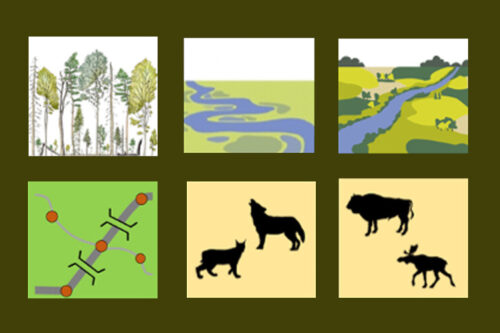
Out of the 2071 accepted responses from 1005 Germans and 1066 Poles, only 12% said they wanted the status quo on one or more of the six parameters. And only 0.5% thought everything would be better if nothing changed. Half of these 12% also stated that they found it difficult to understand exactly what the alternatives presented were. The rest – 88% – thought it was time for something new to happen.
But what did people want? In general terms, the answer is that Germans and Poles wanted/were willing to pay for completely untouched forests AND that these forests should absolutely be filled with large animals – both grazers and predators. What was most interesting was this very clear support for making room for wolves, lynx, bison and moose (more of the latter, but nevertheless). In Germany, people were willing to pay between €75 and €150 in taxes to make room for these animals. In Poland, people would pay between €100 and €200 for this service (figures were made comparable).
On the other hand, people didn’t quite agree on whether they wanted fully freed rivers or only partially freed rivers. This is not surprising given the challenges that the heavily drained delta already presents to people who have settled on the edge or directly on the lowlands. Driving around the area, it’s clear that the roads are being destroyed from the bottom up by the rising ground water level.
A majority also wanted a scenario where agriculture was forced to stop intensive cultivation, but here too there was support for less drastic measures. This also applied to the road network, where there was a consensus that natural overpasses or eco-bridges were fine. On the other hand, locals were divided on the installation of cattle grids.
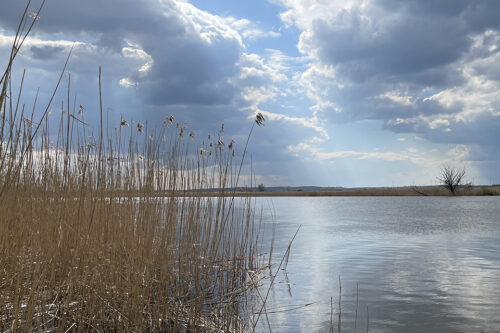
However, local Germans who lived close by were not quite as enthusiastic as the vast majority. The question is, were these reservations were caused by the fact that this subgroup lived in the middle of this new nature and could foresee complications? Or was it because their age or level or education? Hopefully, this will be investigated in a more full publication of the results. Nevertheless, these people also wanted untouched forests populated by moose and bison and, to some extent, wildlife passways. On the other hand, they did not want changes to agricultural conditions, accept cattle grids or have both lynx and wolves in their area. Lynx were acceptable, as were – to some extent – wolves. However, there was no support for the combination (i.e. both wolf and lynx at the same time). Similar attitudes could also be found among local Poles. However, the latter were, all other things being equal, more positive towards wolves and lynx than the Germans. But when it came to letting go of the natural hydrology, there was clearly a lot of hesitation. Poles have experiences of large scale flooding, I. e. in 1997.
All results were statistically significant +/- 5%.
PS: Unfortunately, the presentation of the results of the survey are not broken down by gender, age, etc. This means, for instance, that the demographic characteristics of the rural population are missing – is it their rural affiliation or their age and education that was decisive? Only the national differences are relatively well illuminated in this publication. Hopefully, the project will lead to more articles.
Also, the survey was carried out in august and september 2022, during the events followoing the The River Oder Catastrophe, where thousands of fish died, while fishing and bathing in the river was banned. To what extent, these events coloured the survey is not known.
FEATURED PHOTO:
White tailed eagle in The Oder Delta © Agdbeukhof/Dreamstime 167383594
READ MORE:
Public preference for the rewilding framework: A choice experiment in the Oder Delta
By Rowan Dunn-Capper, Marek Giergiczny, Néstor Fernández, Fabian Marder and Henrique M. Pereira
In: People and Nature 2024 OA
VISIT:
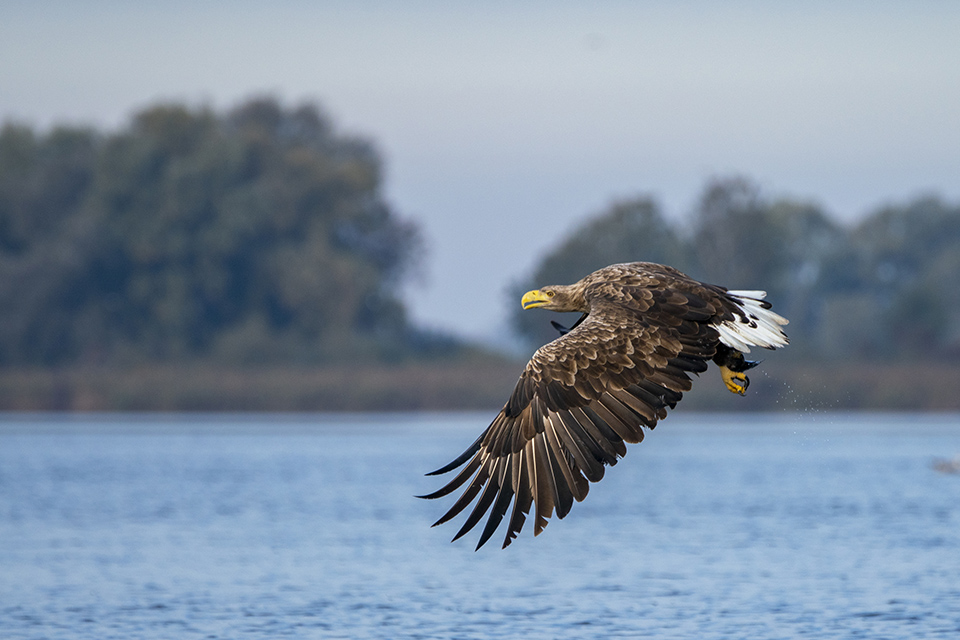
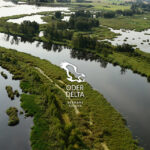 Rewilding Oder-Delta
Rewilding Oder-Delta